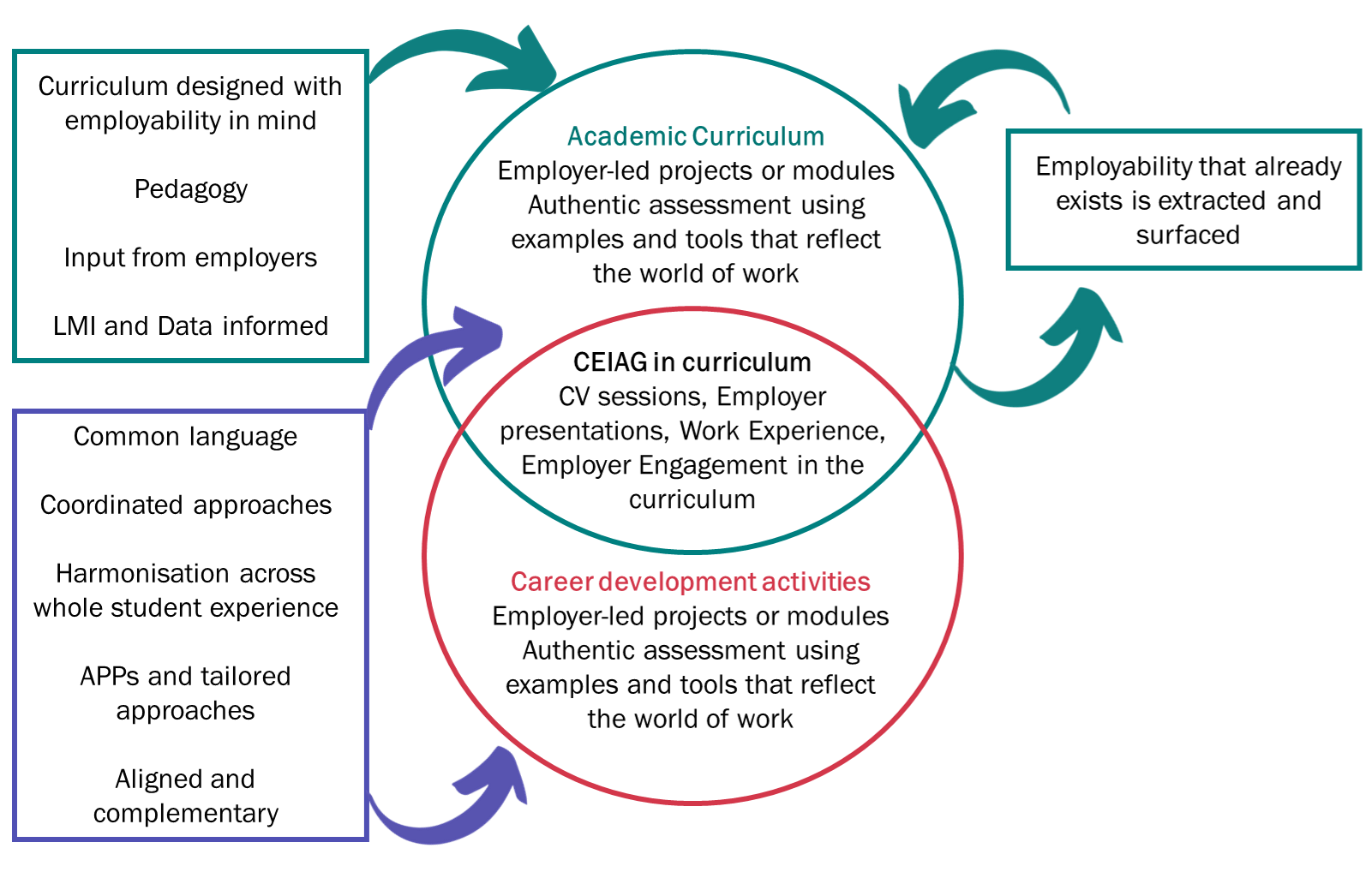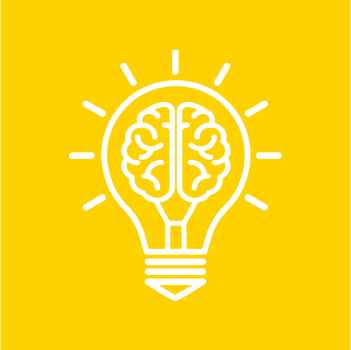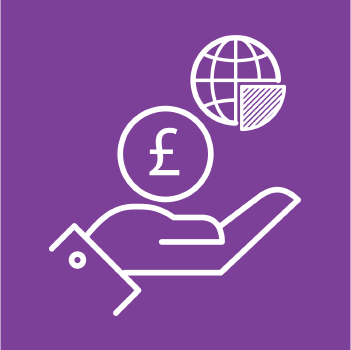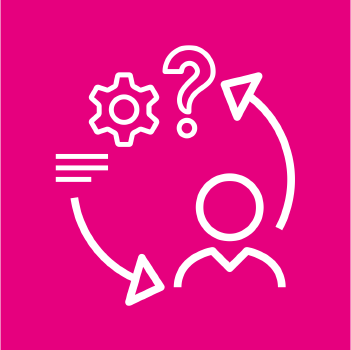Defining Employability
How Student Futures defines employability and how the Graduate Attributes and employability threads can be woven into the curriculum.
Advance HE (2019) views Employability as exercises and activities that enable students to develop:
AdvanceHE, 2019
Reflecting this approach, the University is committed to enabling all students to develop the skills and attributes to become social, economic, and environmentally aware global citizens. The University’s Graduate Attributes relate to 6 broad areas, focused on ensuring that Cardiff University graduates are:
|
Collaborative |
Effective Communicators |
Ethically, Socially and Environmentally Aware |
Independent and Critical Thinkers |
Innovative, Enterprising and Commercially Aware |
Reflective and Resilient
|
Access the GA icon images as .png files if you would like to add them to any information, promotional or marketing material e.g. module handbook.
Recognising that students are often balancing a range of competing activities, including studying, work and caring responsibilities, the Student Futures Framework supports two broad approaches to embedding employability:
Curricular activities: the employability activity is delivered as part of a credit-bearing element of the student’s programme of study (e.g. an employability activity utilised as a form of authentic assessment for a module, or a work placement undertaken as part of a professional placement year);
Extracurricular activities: the employability activity is delivered outside of the credit-bearing elements of the student’s programme of study (e.g. participation in a skills workshop, or attendance at an employer presentation).
Many employability activities can be delivered on a curricular and an extracurricular basis (e.g. work-based learning), and the focus of the Student Futures Framework is providing a range of employability activities that enable all students to develop the graduate attributes. The following schematic summarises how the Framework supports the embedding of employability activities across the whole student experience:

CEIAG = Careers Education, Information, Advice and Guidance Adapted from AGCAS (2022)
AdvanceHE Frameworks (02): Embedding Employability in Higher Education (2019)
Employability Threads
Student Futures has developed four overarching employability threads that encapsulate the employability-related learning and teaching that should be woven into all aspects of the student experience via both curricular and extra-curricular means:

Career Development Learning
For students to navigate and succeed in an increasingly fluid and complex world of work, they need support in acquiring the knowledge, skills and attitudes that will equip them to manage their careers effectively.
Career development learning is defined as:
Bridgstock, Grant-Iramu and McAlpine, 2019
Through career development learning, students will enhance their self-awareness, opportunity-awareness, career decision-making and ability to transition into the workplace with confidence.
Enterprise and Entrepreneurship Education
For some students, the transition into the world of work will involve them in a business start-up or social enterprise programme. An entrepreneurial mindset is also recognised by employers as adding value to the development of an organisation. Therefore, enterprise and entrepreneurship education form a key part of the Student Futures Framework.
QAA (2018) has defined Enterprise as:
QAA, 2018
and Entrepreneurship education as:
QAA, 2018
Through enterprise and entrepreneurship education, students will explore and develop their entrepreneurial skills, mindset and creative thinking, learn how to set up a business or become a freelancer and learn how to promote themselves and their business with impact.
Global Citizenship Education
Cardiff University recognises the importance of students acting as global citizens, engaging with and valuing cultural difference via internationally focussed learning and teaching and/or through practical experience of other countries.
The United Nations (UNESCO, 2014) defines Global Citizenship Education as:
UNESCO, 2014
Through global citizenship education students will develop their global awareness and cultural competence, learn about social responsibility, sustainability and environmental stewardship, and engage in projects and experiences with a global focus.
The Student Futures Framework follows the International Sub-strategy (Cardiff University, 2021) to promote international mobility activities as key aspect of the with a focus on
Cardiff University, 2021
Work-Based Learning
For students to effectively bridge the gap between academic knowledge and real-world application and develop essential skills required by employers, it is crucial that they learn from practical experiences whilst at university. QAA (2018) define Work-Based Learning as:
QAA, 2018
Integrating work placements into the curriculum is also an important aspect of the Student Futures Framework, with half of undergraduate students expected to complete a placement as part of their studies.
These definitions underpin the Framework and the approach that Student Futures will take when working with schools. The practical steps required to achieve the 9 ‘Planning for Successful Student Futures’ priorities under the Education & Students Sub-strategy are set out from Stage 2 onwards.





